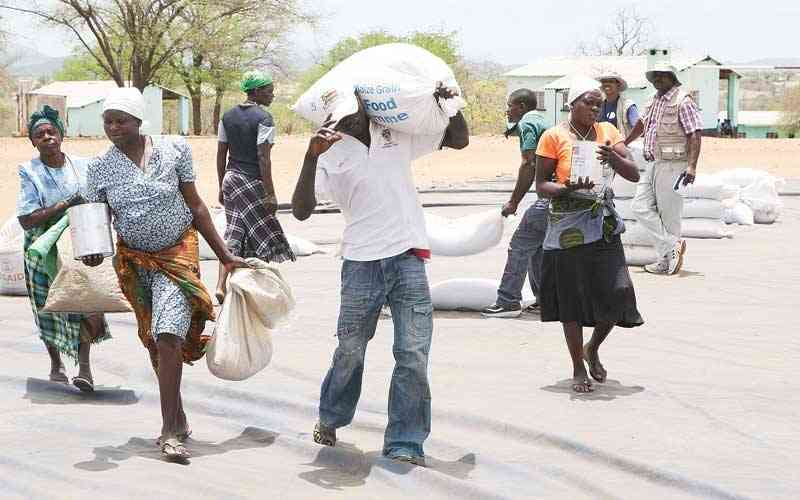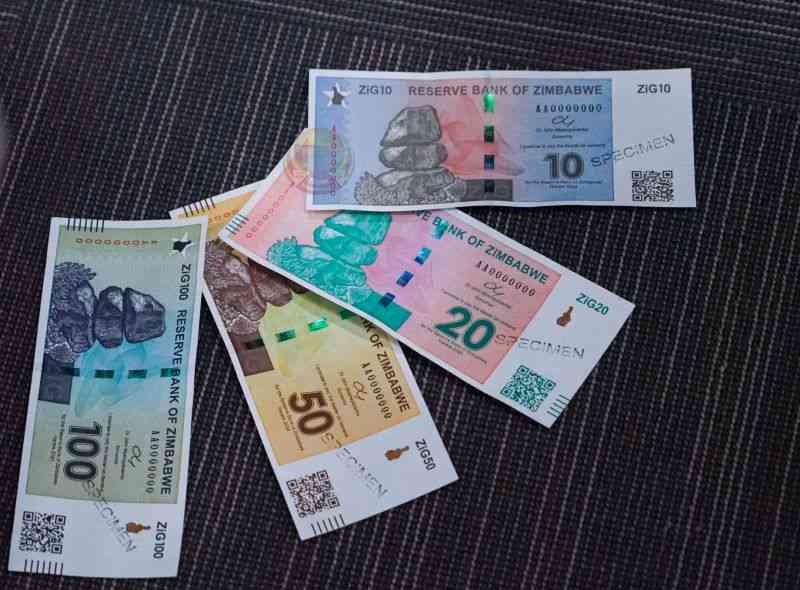
REPORTS that several schools are contemplating raising fees by around 300% are shocking given the economic crunch Zimbabwe finds itself in, but is also evidence of the hard decisions the government has been bucking on currency reforms.
When Zimbabwe abandoned the multicurrency regime in June 2019, here is what President Emmerson Mnangagwa said: “We can’t walk our journey without our own currency. There is no country without its own currency. South Africa has its rand. If you go to South Africa with an American dollar, a euro or any currency, you go to the bank and change it and get the rand. This is what you use in shops in that country. If you go to Botswana, Malawi or Zambia, you do the same.”
But unlike its regional peers, the government quickly set about undermining the local currency through its actions, the latest of which was to pay its workers annual bonuses in United States dollars, for the first time since 2018.
The move sent a message that the government had no faith in its own currency and betrayed its struggles with inflation. According to estimates, the cash-strapped government paid out US$90 million in bonuses in a move critics say was meant to placate the restive workers and the increasingly militant labour unions.
When the government reintroduced the Zimdollar in February 2019, Finance minister Mthuli Ncube, insisted that much of the transactions should be carried out in the local currency.
The insistence on reintroduction of the local currency was necessary to break the hold that the greenback had over the economy.
However, the Zimdollar, and the government, have suffered from a lack of trust from both business and the public.
In a sign that the local unit has failed the acceptance test, most rentals are now pegged in US dollars. While the reintroduced Zimbabwe dollar traded at parity with the greenback in February 2019, the exchange rate on the parallel market has of late shot up to $230 this week.
- Chamisa under fire over US$120K donation
- Mavhunga puts DeMbare into Chibuku quarterfinals
- Pension funds bet on Cabora Bassa oilfields
- Councils defy govt fire tender directive
Keep Reading
Zimbabwe has been plagued by currency problems for over two decades, a crisis which has its genesis in the Black Friday of November 17, 1997. On that day, the Zimbabwe dollar crushed, losing 72% of its value against the greenback after government awarded unbudgeted compensation packages of $50 000 each to veterans of the 1970s liberation war.
The crush kicked of economic collapse and a depression that Zimbabwe is yet to recover from. The chronic cash shortages have returned with a vengeance, prices are on a sharp spiral upwards and wages cannot keep up, widening poverty levels.
Minuscule firefighting measures are not working. Long-lasting political reforms, dialogue with all stakeholders, resolution of a long-drawn debt crisis and concrete steps to reform the volatile currency and regain public trust might do the trick.











